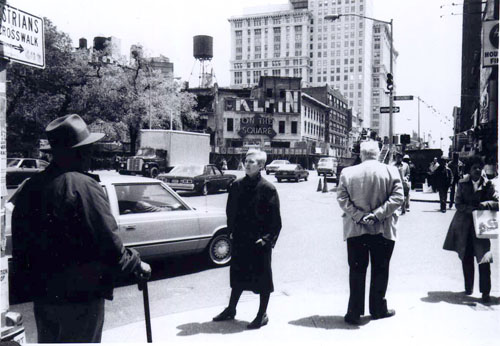At 18, however, I thought the city was thrilling. I loved the subways, so unlike anything in Wauwatosa, and learned everything I could about them, even signing up for a tour of abandoned "ghost" stations.
I read book after book about Andy Warhol, whose blasé approach and colorful entourage seemed to embody the fabulousness of New York.
I walked around some of the new storefront art galleries in the East Village, most of them showing works based on street graffiti.
At night, the neighborhood was full of tiny, dirty nightclubs, each its own intoxicating mix of gay and straight, con men and college girls, gin and tonics, delight and fear. I loved it.
I had finally found a place where I fit, in Manhattan and in the undergraduate social scene, with its friendships and betrayals and crushes and disappointments. I could take wild adolescent risks and then flee to the haven of my double room at the Joe Weinstein dormitory of New York University.
I believe I also attended classes.


